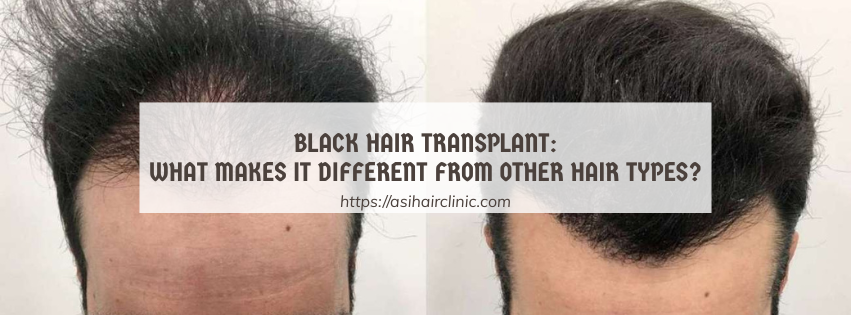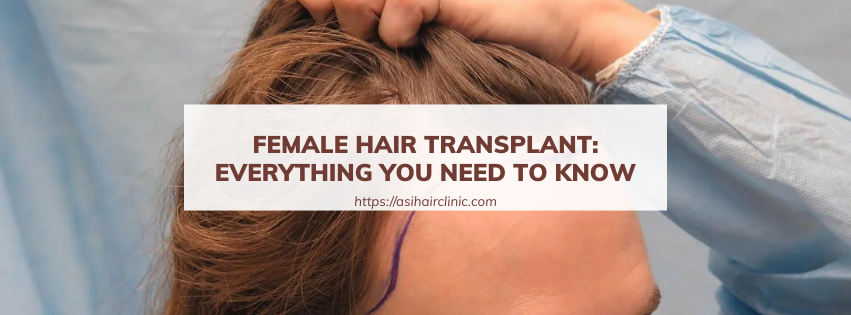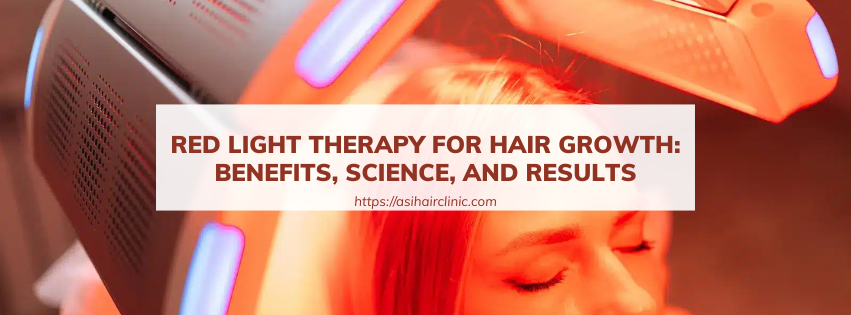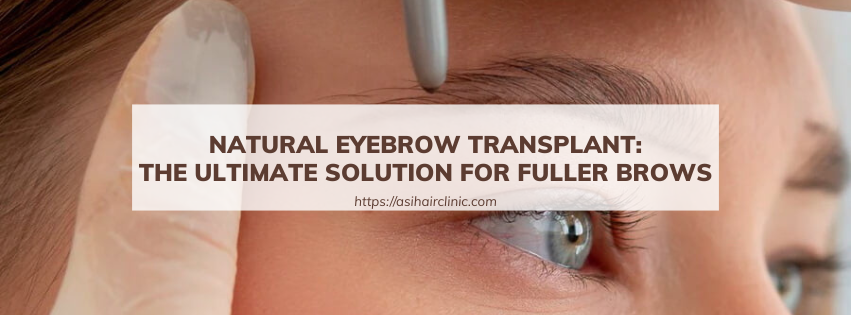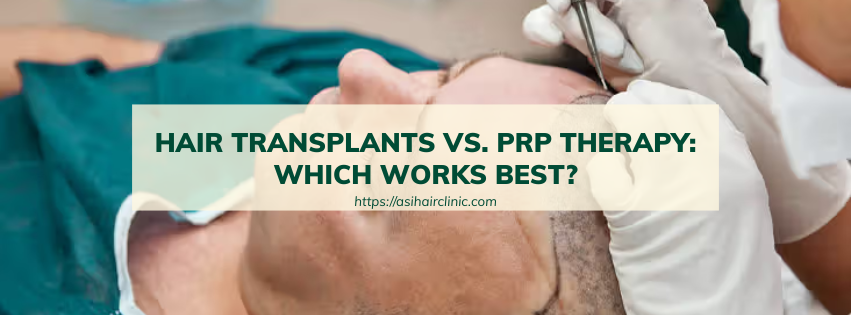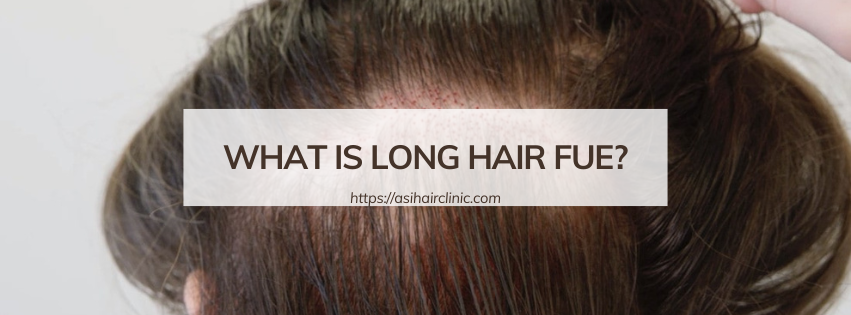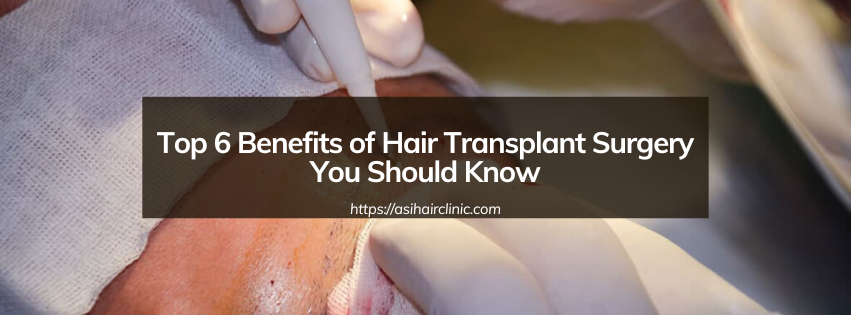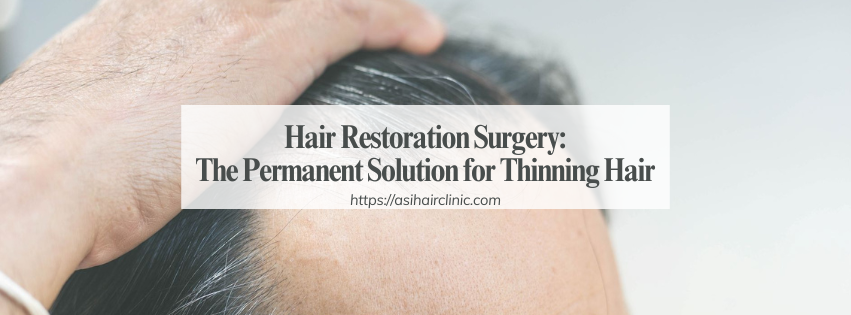Hair Loss in Children
Hair loss in children can be an alarming issue for both the child and their caregivers. While it is a common concern associated with adults, it can equally affect younger individuals. Understanding the nuances of hair loss among children is essential, as it encompasses various underlying causes that can range from benign to more serious health concerns. As parents and caregivers, it is vital to recognize that childhood hair loss can be a transitory condition linked to growth and development. However, at times, it could indicate something deeper requiring medical evaluation and intervention. By exploring the different types, causes, and treatment options for childhood hair loss, we can better equip ourselves to provide support and care.
1. Understanding the Basics of Hair Growth and Loss
Before diving deep into the specificities of hair loss in children, it's important to first grasp the basic principles of how hair grows and the factors influencing its health.
1.1. The Hair Growth Cycle
The process of hair growth occurs through a cycle consisting of three main phases:
Anagen Phase: This phase represents the active growth stage of hair follicles. During this period, hair continues to grow for several years, depending on individual genetics.
Catagen Phase: Following the growing phase, hair enters a transitional state where growth slows down significantly. This phase lasts a few weeks during which the follicle prepares for shedding.
Telogen Phase: This is known as the resting phase, wherein the hair follicle ceases activity and remains dormant. After several months in telogen, old hair sheds to make way for new growth. On average, losing between 50 to 100 hairs daily is considered normal and often goes unnoticed.
Understanding this cycle can help caregivers identify when hair loss may be excessive or concerning.
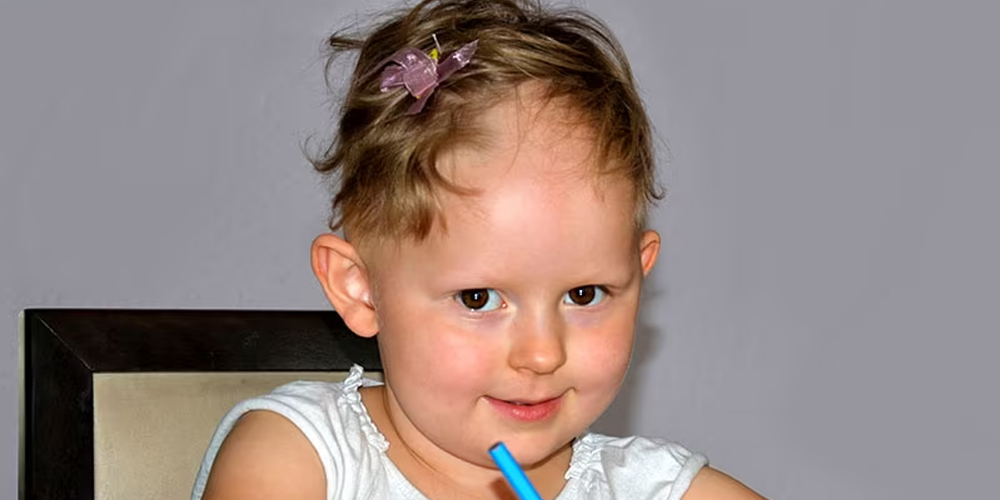
1.2. Factors Affecting Hair Growth
Several elements can influence the hair growth cycle. Nutritional intake, stress levels, health conditions, and environmental factors play integral roles. For instance, nutritional deficiencies can hinder optimal hair growth, while stress can precipitate sudden shedding, disrupting the natural cycles. Awareness of these factors allows one to approach hair loss holistically.
1.3. Why Childhood Hair Loss Matters
Childhood hair loss can pose emotional challenges for young individuals, affecting their self-esteem and social interactions. As children grapple with self-image, parents must foster a supportive environment that encourages open discussion about appearance and emotions. Recognizing the impact of hair loss on a child's mental well-being is crucial for their overall development.
2. Common Causes of Hair Loss in Children
Childhood hair loss can be attributed to a variety of factors, each presenting unique implications for treatment and management. Distinguishing between them is key in determining the appropriate care pathway.
2.1. Telogen Effluvium
One of the most prevalent causes of hair loss in children is telogen effluvium, a condition characterized by an increase in hairs transitioning into the telogen (resting) phase. A sudden surge in hair shedding can leave many caregivers perplexed, but understanding the triggers can shed light on this phenomenon.
High-stress situations-whether emotional or physical-are often culprits. Experiences such as illness, surgery, trauma, or even significant life changes can disrupt the delicate balance of hair growth. This disruption results in a noticeable increase in shedding, typically occurring a few months after the triggering event.
Another common reason behind telogen effluvium is nutritional deficiency. When children experience inadequate consumption of essential nutrients like iron, zinc, or protein, it can lead to hair growth interference. Picky eating habits or restrictive diets often contribute to these deficiencies, emphasizing the need for parental guidance in nutrition.
Moreover, illnesses accompanied by high fevers can provoke temporary hair loss, as can certain medications employed to treat varied health conditions. Stress management and a balanced diet can mitigate the effects of telogen effluvium, making it critical for caregivers to remain vigilant about their child's emotional and physical health.
2.2. Alopecia Areata
Alopecia areata is an autoimmune condition that can cause patchy hair loss in children. It arises when the immune system mistakenly targets hair follicles, leading to hair loss in localized areas. The exact cause of alopecia areata remains elusive, although genetic predisposition and environmental factors are potential contributors.
This condition most commonly affects children aged two to six, illustrating the importance of early recognition. Symptoms typically manifest as round patches of hair loss, which can occur on the scalp or other body parts. It's worth noting that alopecia areata does not usually cause any discomfort or physical symptoms other than visible hair loss.
While the prognosis for alopecia areata can vary, many children eventually experience regrowth. Various treatment protocols exist, including topical therapies and corticosteroids, which aim to reduce inflammation and stimulate hair regrowth. Supportive measures, such as counseling, may also help children cope with the emotional ramifications of this condition.
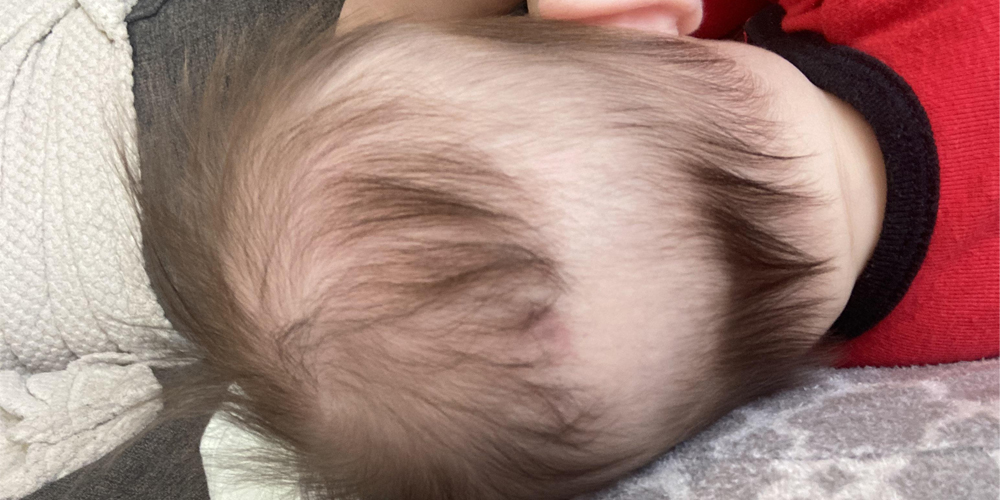
2.3. Traction Alopecia
Another significant cause of hair loss in children is traction alopecia, primarily resulting from consistent pulling or tension on hair follicles. This scenario is particularly common in children who frequently wear tight hairstyles, like braids, ponytails, or cornrows, leading to gradual damage over time.
Over time, the constant tension can compromise the health of hair follicles, ultimately resulting in hair loss. To prevent traction alopecia, caregivers should consider teaching children about gentle hair care practices. Loose hairstyles and protective methods can help preserve the integrity of the hair without compromising style.
Additionally, educating parents about recognizing signs of hair loss due to traction can prompt timely interventions. If left unaddressed, traction alopecia can become permanent, highlighting the importance of preventative measures and awareness.
3. Recognizing Signs of Hair Loss in Children
Identifying hair loss in children can be challenging, especially when it occurs gradually. Caregivers must remain observant and attuned to potential warning signs.
3.1. Increased Hair Shedding
The first sign of abnormal hair loss that caregivers may notice is increased shedding. This may manifest as an unusual number of hairs found on pillows, clothing, or hairbrushes. While some shedding is typical, a sudden spike would warrant closer examination.
It’s essential for caregivers to monitor hair shedding patterns and engage in conversations with their children about any changes they may have noticed. Keeping a record of shedding can help provide valuable information if seeking medical advice becomes necessary.
3.2. Patches of Hair Loss
Another prominent indicator is the appearance of bald patches, or areas of thinning hair, on the scalp or body. Such patches may fluctuate in size and location, creating additional distress for the child. Caregivers should assess whether the patches are smooth or scaly, as this can help inform possible underlying health issues.
If patches of hair loss persist or worsen, it is advisable to consult a healthcare professional for further evaluation. Early intervention can sometimes help mitigate the impact of hair loss on overall health.
3.3. Scalp Irritation and Changes in Hair Texture
Scalp irritation, characterized by redness, itching, or scaling, is another symptom that could accompany hair loss. Conditions such as seborrheic dermatitis or psoriasis can contribute to both irritation and hair loss, necessitating prompt medical attention.
In addition to scalp health, changes in hair texture may also serve as indicators. Hair that appears brittle, dry, or thinner could signal an underlying problem, emphasizing the importance of maintaining healthy hair habits. Regular shampooing with nourishing products and minimizing the use of heat styling tools can help promote healthier hair.
4. Diagnosing Childhood Hair Loss
If caregivers suspect hair loss is occurring in their child, seeking medical consultation is imperative. A comprehensive diagnostic process will aid in uncovering the root cause and informing the best course of action.
4.1. Medical History Review
Healthcare professionals will typically begin by obtaining a complete medical history, including any recent illnesses, stressors, dietary habits, or medication usage. This vital information helps identify possible triggers that may be contributing to hair loss.
4.2. Physical Examination
During the physical examination, a thorough assessment of the child's scalp and hair will be conducted. The doctor may look for signs of infection, inflammation, or damage, as well as examine the distribution patterns of hair loss. Observations made during this examination can be invaluable in forming a diagnosis.
4.3. Additional Testing
In some cases, healthcare providers may recommend additional testing to rule out specific conditions. Blood tests can check for nutrient deficiencies, hormonal imbalances, or thyroid disorders, while fungal cultures can determine if infections like tinea capitis are present.
While the diagnostic journey may initially seem daunting, caregivers can feel reassured that a systematic approach will lead to clarity regarding their child's condition.
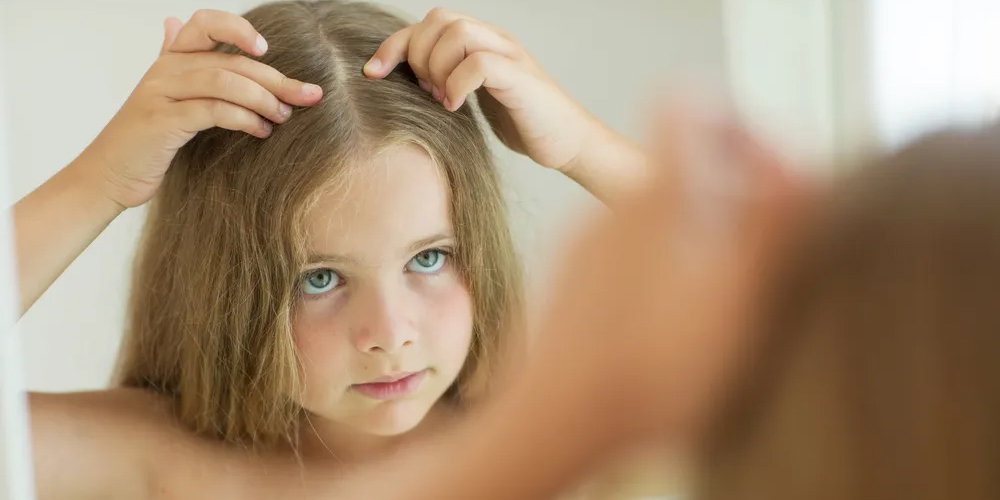
5. Treatment Options for Childhood Hair Loss
Once the underlying cause of hair loss has been identified, various treatment avenues can be explored. The chosen approach will depend on the condition being treated, ensuring that care is tailored specifically for the child.
5.1. Addressing Underlying Issues
Nutritional deficiencies can significantly impact hair health. By providing a balanced diet rich in essential vitamins and minerals, caregivers can bolster hair growth. Consulting with a nutritionist may be beneficial if diet restrictions or picky eating habits emerge.
Stress management techniques are also vital. Encouraging relaxation exercises, mindfulness practices, or even engaging in therapy can offer children coping mechanisms to handle stress effectively. Caring for their emotional health supports overall well-being.
When medications are suspected to contribute to hair loss, an open dialogue with a healthcare provider can facilitate adjustments or alternative solutions that mitigate side effects.
5.2. Topical Treatments
Topical treatments can also play a key role in managing childhood hair loss. Minoxidil, a well-known hair growth stimulant, may be prescribed in specific cases, particularly for conditions like androgenetic alopecia or telogen effluvium.
Corticosteroids can be employed in cases of alopecia areata to reduce inflammation and promote hair regrowth. These treatments may be administered via creams or injections, depending on the severity of the condition.
5.3. Complementary and Alternative Treatments
For severe cases involving scarring alopecia or chronic conditions, advanced treatments such as hair transplantation or platelet-rich plasma (PRP) therapy may be considered. Nonetheless, these options should be approached cautiously, particularly in children, as their long-term effectiveness remains under investigation.
Counseling and behavioral therapies may prove invaluable for conditions like trichotillomania. Helping children address the psychological aspects of their condition can lead to improvements in their quality of life and emotional resilience.
6. Preventing Hair Loss in Children
While some instances of hair loss are unavoidable, caregivers can implement preventive measures to minimize risks.
Healthy Diet and Nutrition: Encouraging a balanced and nutritious diet ensures that children receive essential nutrients supporting hair health. Incorporating foods rich in vitamins, minerals, and proteins can bolster optimal growth and development.
Gentle Hair Care Practices: Educating children about proper hair care can help prevent unnecessary damage. Avoiding overly tight hairstyles and using gentle hair care products minimizes the risk of traction alopecia. Teaching children about the importance of regular grooming and maintenance also fosters lifelong habits.
Prompt Treatment of Scalp Infections: Being vigilant about any signs of scalp infections is vital. Promptly addressing concerns, such as redness, irritation, or itchiness, can prevent further complications leading to hair loss.
Stress Management Strategies: Teaching children effective stress management techniques equips them with tools to handle emotional challenges. Mindfulness practices, outdoor activities, and hobbies can encourage relaxation and balance.
Conclusion
Hair loss in children can evoke concern for families, but understanding its causes, types, and treatment options empowers caregivers to navigate this complex issue. By fostering open communication, providing emotional support, and implementing preventive strategies, we can create an environment that promotes healthy hair and emotional well-being. While childhood hair loss can ultimately be a temporary condition, recognizing and addressing it holistically will ensure children feel valued and supported throughout their journey.
LATEST POSTS

